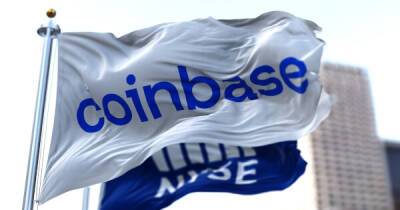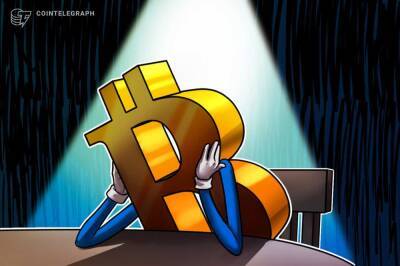Miners selling their BTC positions to impact Bitcoin like this
The Bitcoin network hash rate notched a new all-time high of 248.11 million terahashes per second (TH/s) on 13 February. It rose from 188.40 EH/s to its new all-time high in just one day,according to Blockchain.com data. In the previous few hours, it hovered around 209.6M TH/s. The recent increase added another layer of protection against so-called ‘double spending‘.
Well, while the aforementioned development might sound positive, here’s the caveat. Bitcoin’s hashrate hike lead to lower profitability of mining. Competition among miners increased proportionally with hashrate as more devices were activated to compete to find the next block.
Bitcoin (BTC) miners turned into net sellers of Bitcoin, with miner inventories dropping to levels as seen in the chart below. However, miners weren’t necessarily turning bearish “en masse,” although some did look to offload excess inventory.
Source: Glassnode
Here, the red dip hinted at Bitcoin miners becoming net sellers, after being net hodlers for months. Could this affect Bitcoin directly or indirectly? Well, the possibility looked extremely high.
At press time, Bitcoin was trading at $43,500, about 33% below the all-time high (ATH) of about $69,000. CryptoQuant, a data analysis platform looked at similar possibilities using a few metrics. Mining pools played an important role in BTC as they were in charge of supplying new BTC by mining. But they also trigger the price drop when there’s a supply pressure hike (BTC) in exchanges.
Consider the graph below, every hike in ‘Miner Outflow‘ metric was supplemented by a price correction. This time was no different.
Source: CryptoQuant| Miner Outflow
In addition to this, all exchanges reserve remained proportional to the supply of cryptocurrencies.
Read more on ambcrypto.com























